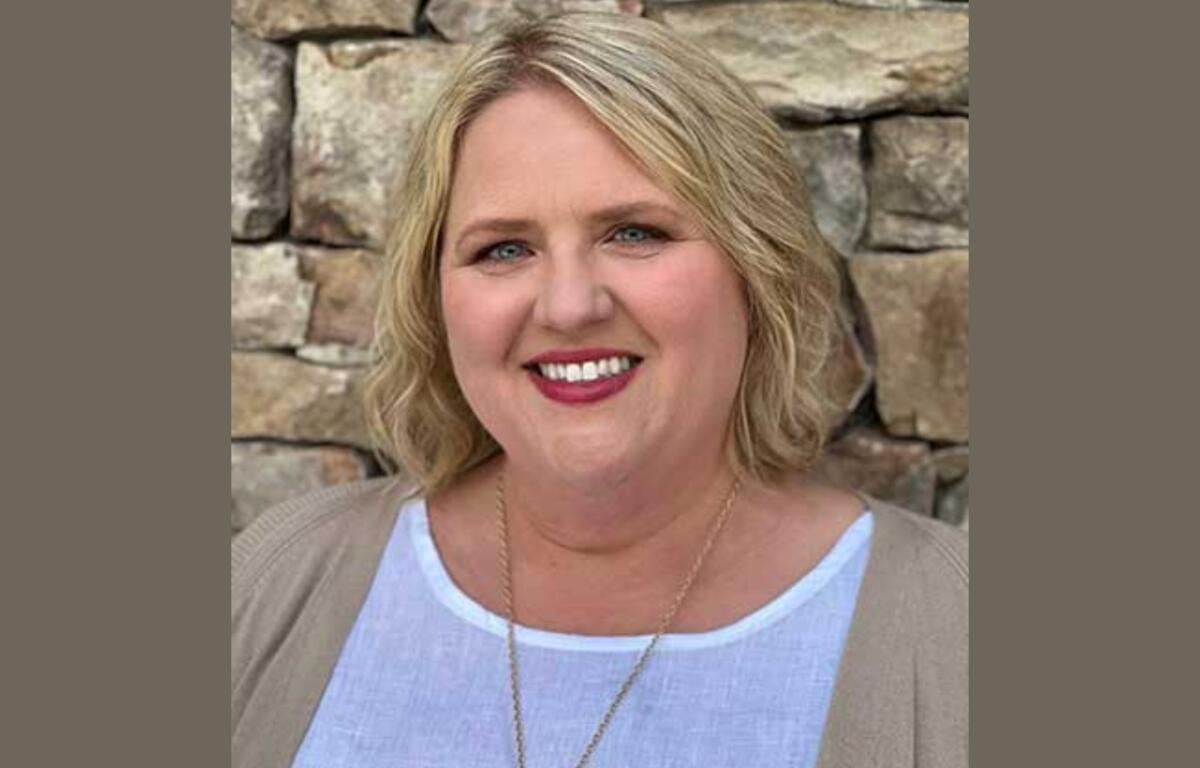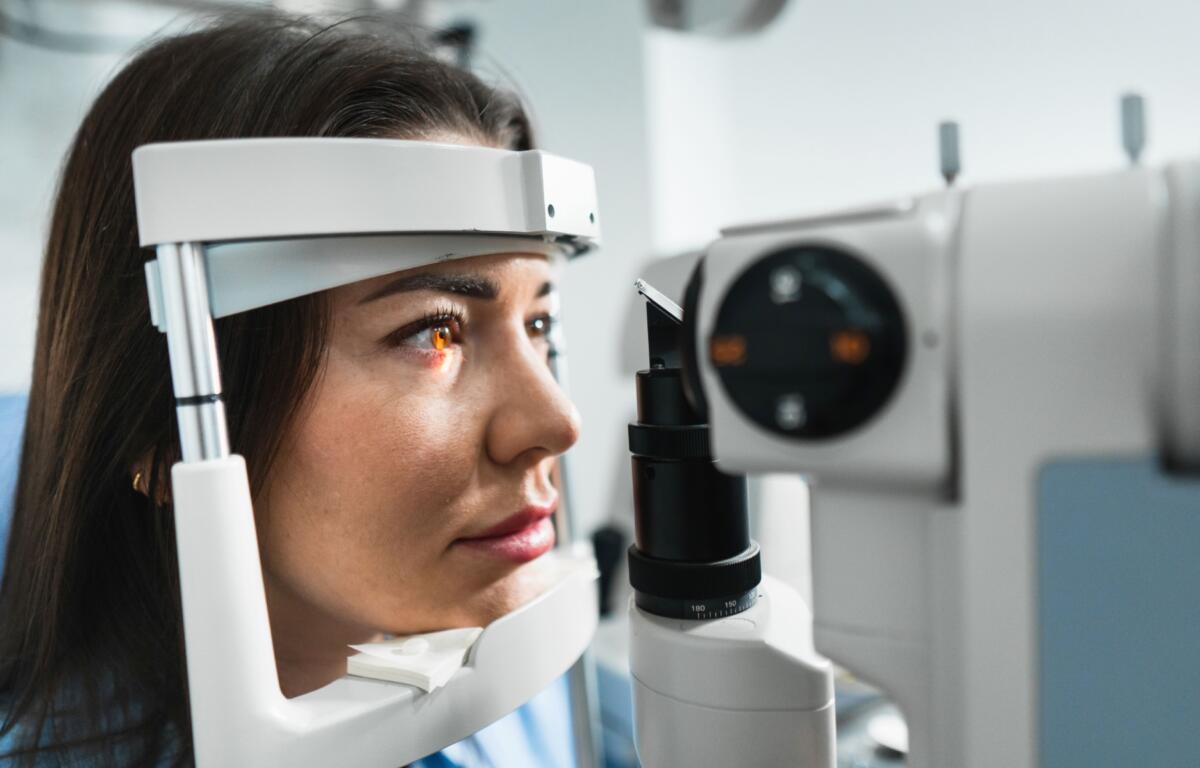ARDEN, N.C. (828newsNOW) — North Carolina optometrists can perform eye exams remotely from outside the state, but the practice is sparking debate over patient safety and quality of care.
House Bill 658, which sought to allow North Carolina-licensed optometrists to provide telehealth services without holding a license in the state or country where the optometrist resides, was not pushed forward from a House committee when the optometry board agreed to drop the “other state” licensure requirement.
Corporate telemedicine companies, such as Warby Parker and America’s Best, were opposed to requiring doctors to hold licenses in the states where they were physically located and supported the bill.
“At that time, the board’s telemedicine policy stated you had to be licensed not only in North Carolina, where the patient was located, but also where the optometrist was physically located,” Dr. Bill Rafferty, executive director of the North Carolina State Board of Examiners in Optometry, said.
“These remote doctors work from all over the country, sometimes out of the country. We like to have accountability where they’re located. However, the board, after consideration, agreed to drop the requirement as long as the in-state license requirement remained. As a result, the bill was ultimately withdrawn.”
The optometry board is moving forward with new rules aimed at tightening standards for telehealth exams for public protection. One focus is requiring certification for technicians who assist patients during virtual exams.
Without certified staff on site, doctors conducting remote exams must rely substantially on personnel who often lack appropriate training, increasing the risk of missed or incorrect diagnoses, Rafferty said.
He further commented, “I cannot think of another health care profession where staff doing critical testing, especially working remotely without direct supervision, are not certified.
“The board understands that telemedicine has its place when used appropriately. Just this minimum requirement of having the technician certified when there’s no doctor in the office — that’s all we were saying,” Rafferty said. “It’s concerning. We’ve seen the bad results of it.”
Rafferty described a case in which a telehealth exam failed to catch a serious medical problem. A patient came in with sudden double vision — a symptom that can signal a dangerous neurological emergency — but the technician didn’t ask key follow-up questions.
When the remote doctor, located in Arizona, recognized the issue, she was unable to evaluate and diagnose the condition because of the limitations of the telhealth system. Although the patient eventually got the right care, the incident shows how virtual visits can miss critical warning signs.
The board plans to submit new regulations before the end of the year, with a 60-day public comment period. Rafferty anticipates opposition from corporate optometry chains.
“Telehealth in optometry in many situations is being used to generate revenue for these optical companies, not necessarily to take care of patients,” he said. “We have to set guidelines to make sure patients get safe, high-quality exams and care.”
CLICK HERE TO SEE THE BOARD’S POSITION STATEMENT

Dr. Lisa Greene, of Asheville Vision and Wellness, said telehealth can improve access to care, particularly in rural or mountainous areas, as long as trained staff are present.
“The goal of any telehealth is really accessibility,” she said. “Patients may not be able to travel easily to see a doctor. Telehealth can help bring care to them without compromising quality, as long as there is highly trained staff on site.”
Greene noted that most visits at her practice are still conducted in person. Telehealth is reserved for minor issues or follow-ups, such as styes, red eyes or eyelid bumps.
“Ninety-nine percent or more of what we do is in-person care. Establishing long-term relationships with patients is critical, especially for chronic conditions like glaucoma, diabetes or cataracts,” she said.
She stressed the importance of transparency when doctors are remote.
“Patients should be informed ahead of time if they’ll be seen remotely. Communication is key so patients can make the best decision for their care,” Greene said.
She noted that telehealth works best when a patient comes into a clinic and the doctor is remote, rather than the patient being at home.
“The staff in the clinic runs the equipment, which can be video-streamed to the doctor,” Greene said. “It can work well for follow-ups or routine eye exams, but for complex conditions, you really need to be seen in person. A red eye, for instance, could be viral, bacterial or from a foreign body. Those nuances are hard to capture remotely.”
Reflecting on the COVID-19 pandemic, Greene said telehealth was a necessary tool but had limitations.
“During COVID, we were seeing patients virtually for four to six weeks when in-person care wasn’t possible. Some things were missed because in-person exams are critical for proper diagnosis and treatment. Telehealth can’t fully replace that.”
She encouraged patients to ask whether the doctor will be physically present, especially for those with systemic conditions or high-risk eyes. “Telehealth can complement care, but it’s not a substitute for complex or high-risk cases,” she said.
With ample in-person optometrists in Asheville, Greene said most patients can be seen promptly, giving the city an advantage over remote or underserved areas.
“Telehealth is best for convenience and accessibility, especially for younger, healthy patients or routine follow-ups,” she said.
Greene, who has practiced in Asheville since 1996, emphasized that telehealth presents opportunities but requires careful implementation.
“We’re happy to be part of this community and committed to providing the best care possible. Telehealth can help, but patients should always feel confident they’re receiving thorough, attentive care,” she said.


